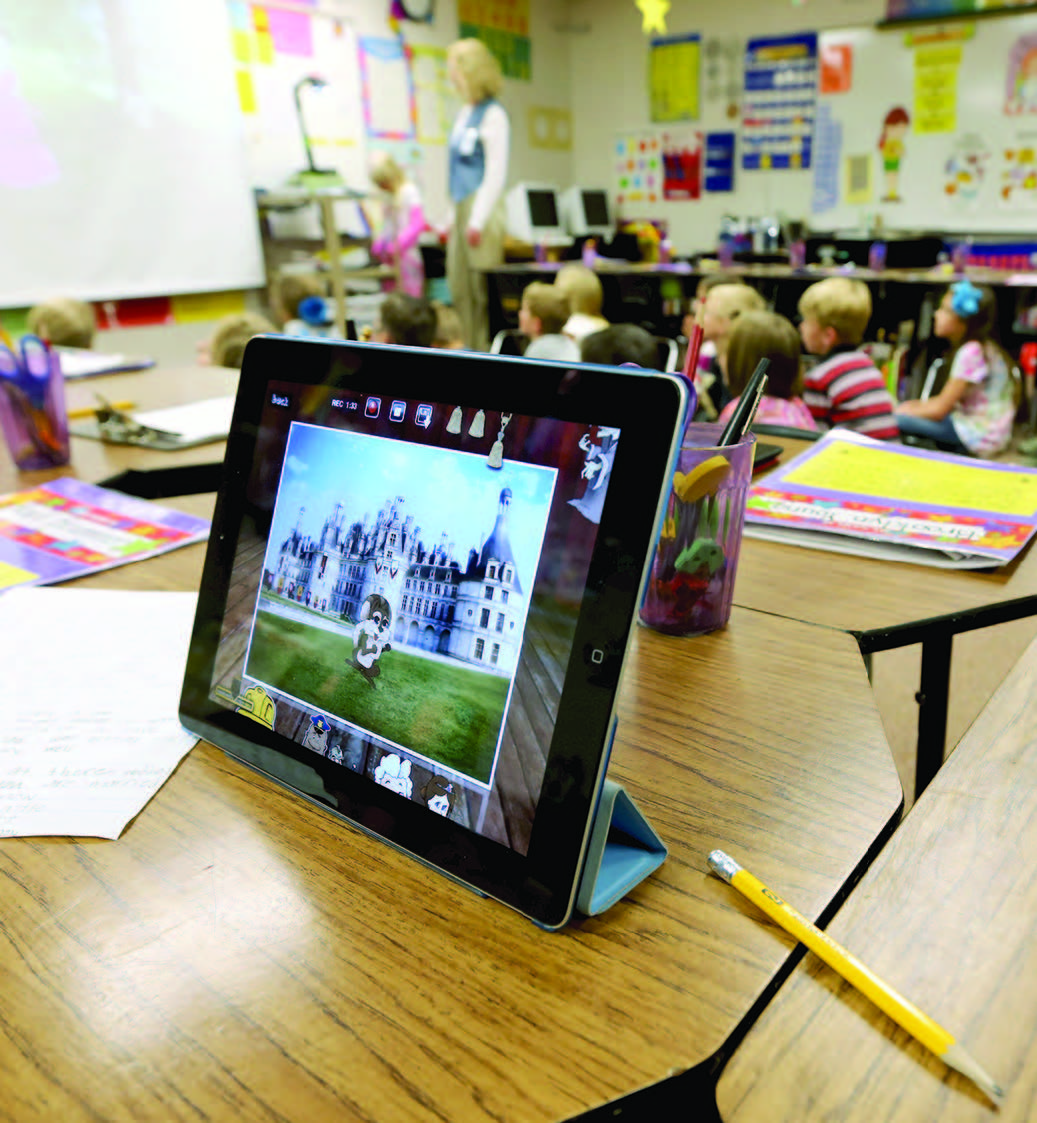5 Top Trends in Educational Technology
Astrophysicist Neil deGrasse Tyson called apps-plus-handheld-devices “a watershed moment in civilization.” The most powerful tools ever imagined, he said, “are in the hand of essentially everyone.” Scott Garrigan, professor of practice of Teaching, Learning, and Technology at Lehigh, explains how technology is empowering students.
Mobile Devices
Many schools provide a laptop or iPad for each child to use at home and school. Uruguay was the first nation to give each student a laptop. (Lehigh professor Scott Garrigan is helping Malta plan to be the first one-to-one iPad nation in Europe.)
Closer to Lehigh, most suburban school districts have one-to-one schools. Even a low-income district like Allentown (Pa.) will give a mobile device to each ninth-grader in its newest school. Mobile apps and e-books become portable laboratories and libraries for each child.
Open Educational Resources (OERs)
Open Educational Resources from CK12.org include free e-textbooks for California, Virginia and Texas. The 12-state K-12 OER Collaborative develops free e-texts supporting state Math and English Language Arts Standards.
The White House announced a $250 million initiative to provide 10,000 educational eBook titles for ages 4-18 free to low-income families. Students using OER apps and websites can now take full courses for free.
Online
Massively Open Online Courses (MOOCs) from major universities serve over 10 million students, and some top scorers are teens. Schools use KhanAcademy.org to “flip” the classroom, teaching new material through online homework videos, allowing more teacher-student interaction in class. Khan has delivered over a billion K-12 lessons. Its motto: “You can learn anything. For free. For everyone. Forever.” Five states require an online course for graduation, and seven ask schools to give credit for online courses to cover subjects not offered (25 percent of schools serving neediest minorities lack Algebra II and 33 percent lack chemistry).
Interactivity
Children as young as 8 months engage in interactive experiences through touch control of phones and tablets. Interactive and adaptive children’s books and educational videos support independent learning.
Creative Productivity
Technology-empowered students design and produce creative works. Tools like multimedia story builders and video editors support text, audio, animation and video production. Some schools and libraries create “maker spaces” to promote hands-on learning, using new technologies like 3D printers. Students learn by making and doing in
